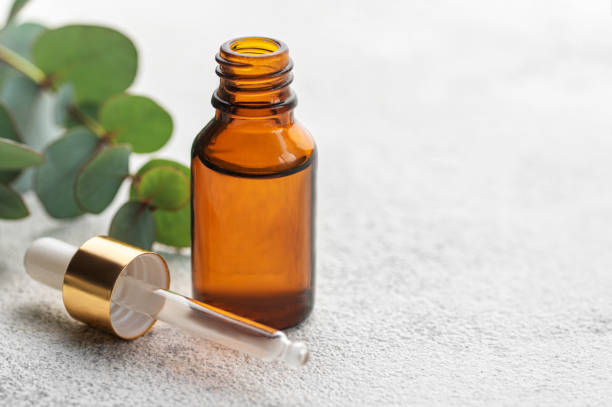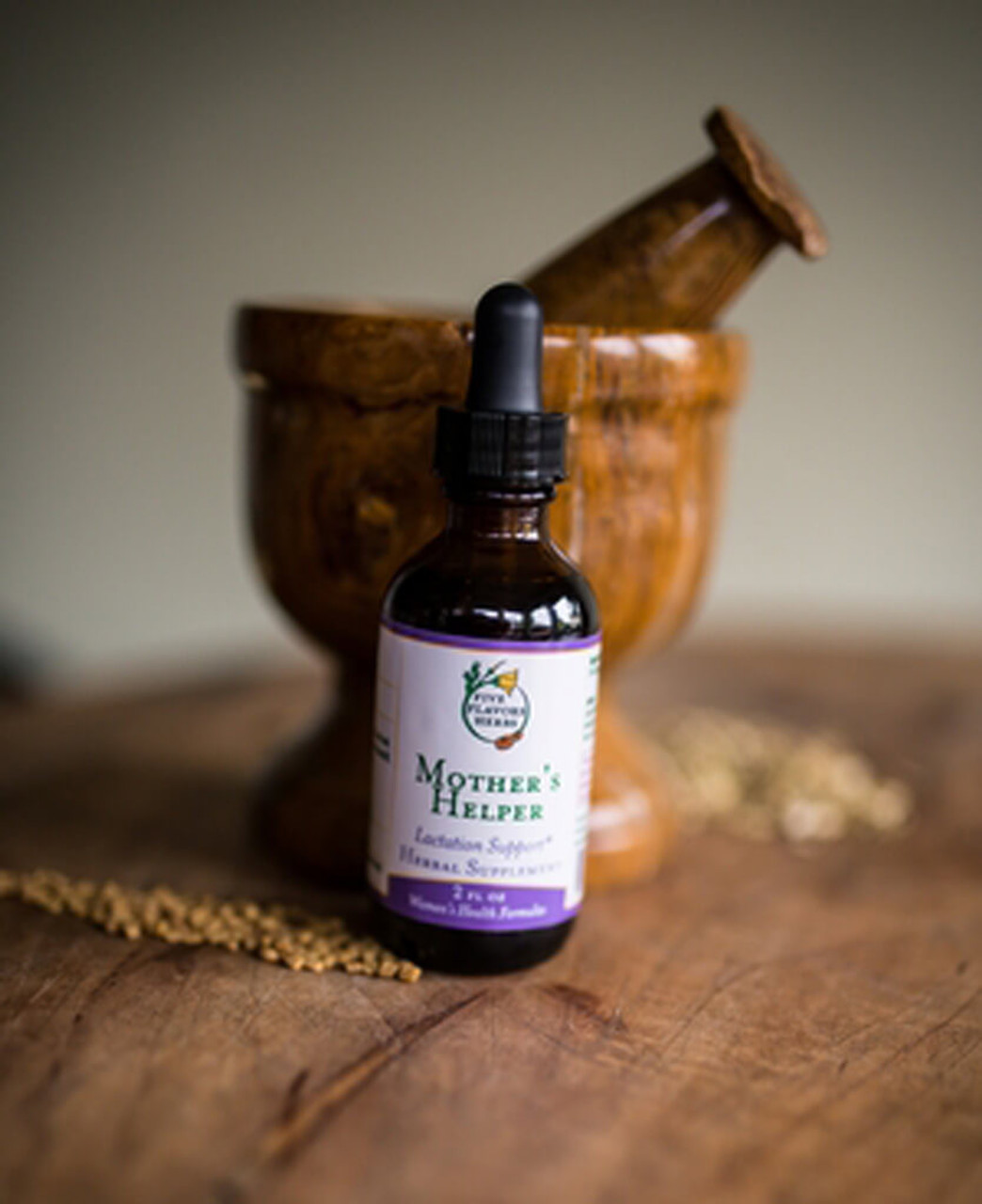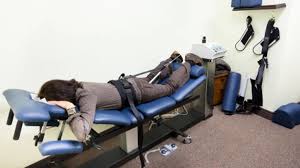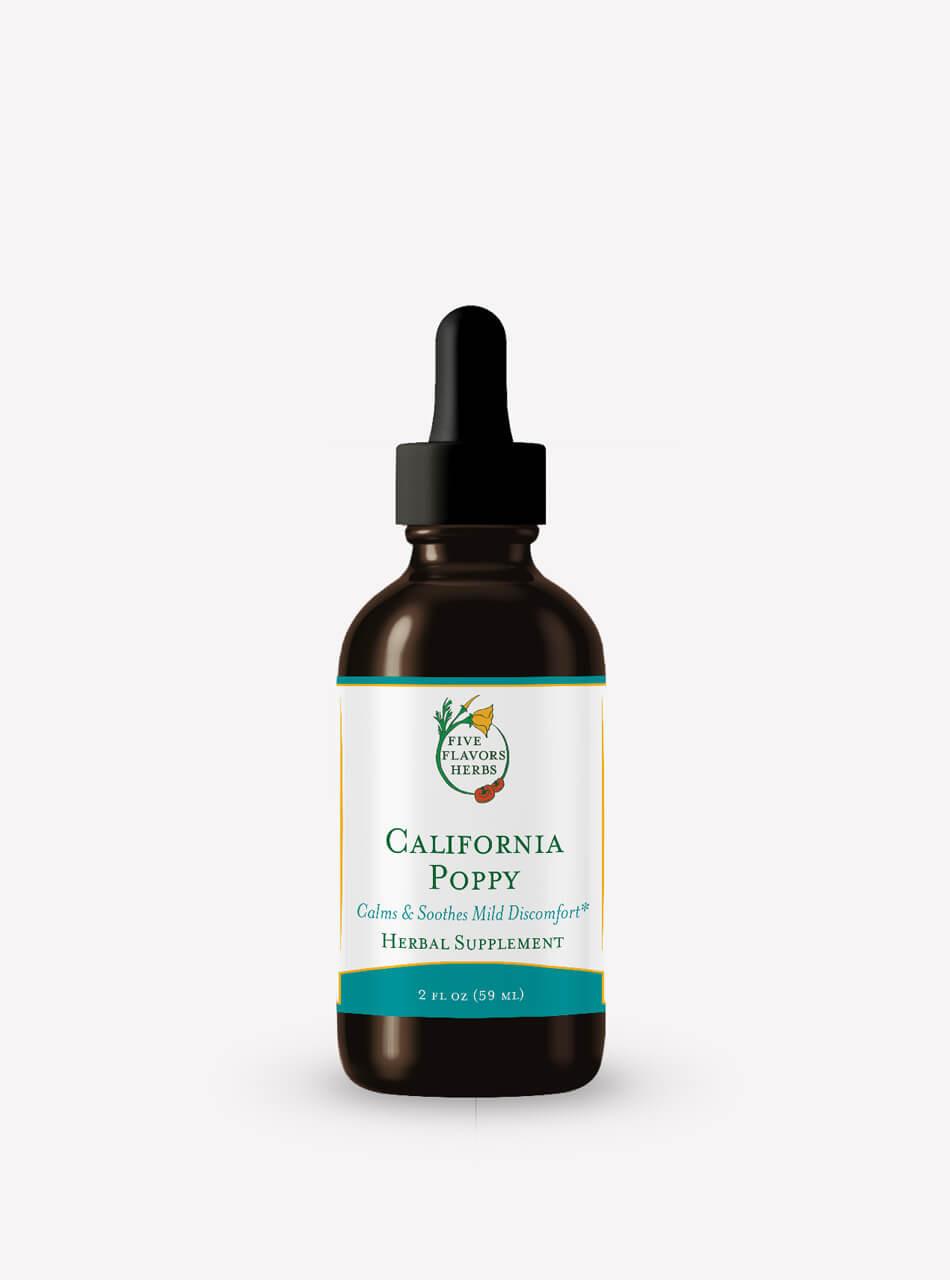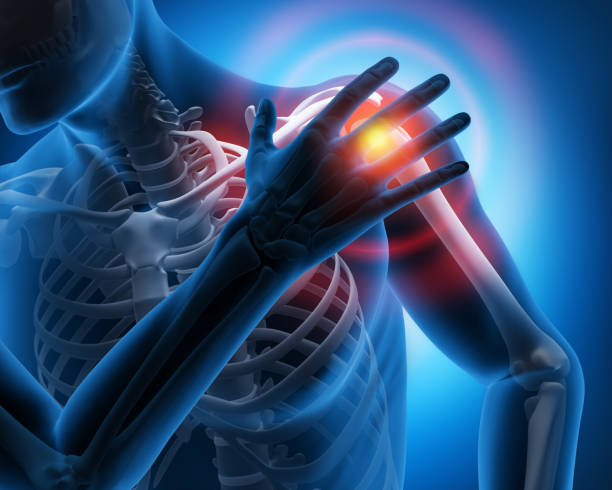Auto accidents can have devastating effects on both physical and mental health. Understanding the treatments available is crucial for a complete recovery. This comprehensive guide will provide you with essential information on the top 10 treatments you need to know about if you’ve been involved in an auto accident. From immediate response to long-term health management, we’ve got you covered.
Immediate Response and Initial Treatment
First Aid at the Scene
The first moments after an auto accident are critical. Administering basic first aid can save lives and prevent further injuries. Ensure you check for consciousness, control any bleeding, and provide support for any suspected fractures. Keeping a first aid kit in your car can be a lifesaver.
Emergency Medical Services
Calling 911 should be one of the first actions after an accident. Emergency medical services (EMS) provide immediate medical attention and transport to the nearest hospital. The prompt response of EMS can significantly impact the severity of injuries and recovery time.
Initial Hospital Care
Once at the hospital, medical professionals will conduct thorough examinations to diagnose any injuries. This can include X-rays, MRIs, and CT scans. Immediate treatment for injuries such as fractures, internal bleeding, and concussions will be prioritized.
Medical Treatments
Pain Management
Medications
Pain is a common aftermath of auto accidents. Doctors often prescribe medications such as NSAIDs, muscle relaxants, and opioids to manage pain. Over-the-counter options like ibuprofen can also be effective for minor pain relief.
Physical Therapy
Physical therapy is essential for recovery. It helps restore movement and function through exercises and stretches tailored to the patient’s injuries. Regular sessions with a physical therapist can reduce pain and improve mobility.
Surgical Interventions
Common Surgeries Post-Accident
In severe cases, surgery might be necessary to repair damage. Common surgeries include fixing broken bones, spinal surgery, and reconstructive procedures. These surgeries are often followed by a lengthy recovery period.
Recovery Process
Post-surgery recovery involves rest, physical therapy, and follow-up appointments. Adhering to the doctor’s advice and attending all rehabilitation sessions is crucial for a successful recovery.
Rehabilitation Programs
Types of Rehabilitation
Rehabilitation programs are tailored to individual needs. They may include physical therapy, occupational therapy, and speech therapy, depending on the injuries sustained.
Importance for Recovery
Rehabilitation helps patients regain independence and return to their daily activities. It is a critical component of the recovery process, ensuring that patients can lead fulfilling lives post-accident.
Physical Therapy and Chiropractic Care
Benefits of Physical Therapy
Techniques Used
Physical therapists use various techniques such as manual therapy, ultrasound, and electrical stimulation to aid recovery. These techniques help reduce pain, improve circulation, and promote healing.
Expected Outcomes
Patients can expect improved mobility, reduced pain, and enhanced quality of life through consistent physical therapy. Setting realistic goals with your therapist can help track progress and stay motivated.
Chiropractic Adjustments
Role in Recovery
Chiropractic care involves adjusting the spine to improve alignment and relieve pain. It is particularly effective for treating whiplash, back pain, and other musculoskeletal injuries resulting from auto accidents.
Success Stories
Many patients report significant improvements after chiropractic care. Success stories often highlight reduced pain, improved mobility, and faster recovery times.
Psychological and Emotional Support
Importance of Mental Health Post-Accident
Auto accidents can have a profound impact on mental health. Anxiety, depression, and PTSD are common among accident survivors. Addressing these issues is as important as treating physical injuries.
Counseling Services
Types of Therapy
Therapeutic options include cognitive-behavioral therapy (CBT), trauma-focused therapy, and medication management. These therapies help patients process their experiences and develop coping strategies.
Finding the Right Therapist
It’s crucial to find a therapist experienced in dealing with trauma and auto accident recovery. Personal referrals, online directories, and consultations can help in finding the right match.
Support Groups
Benefits of Joining
Joining a support group offers emotional support and practical advice from others who have experienced similar situations. Sharing experiences can be therapeutic and provide a sense of community.
How to Find a Group
Local hospitals, community centers, and online platforms often host support groups. Researching and reaching out to these organizations can help you find a suitable group.
Alternative and Complementary Treatments
Acupuncture
How It Works
Acupuncture involves inserting thin needles into specific points on the body to relieve pain and promote healing. It is based on traditional Chinese medicine principles and is increasingly accepted in Western medical practices.
Benefits
Acupuncture can reduce pain, improve circulation, and enhance overall well-being. It is particularly effective for managing chronic pain and stress-related conditions.
Massage Therapy
Types of Massage
Various types of massage, including Swedish, deep tissue, and sports massage, can aid in recovery. These techniques help relax muscles, improve circulation, and reduce stress.
How It Aids Recovery
Regular massage therapy sessions can alleviate pain, reduce muscle tension, and promote faster healing. It complements other treatments like physical therapy and chiropractic care.
Homeopathic Remedies
Popular Options
Homeopathic remedies such as Arnica and Hypericum are commonly used to treat pain and inflammation post-accident. These natural treatments are selected based on the individual’s specific symptoms.
Effectiveness
While homeopathy is controversial, many patients report relief from symptoms using these remedies. It is important to consult with a healthcare provider before starting any homeopathic treatment.
Long-Term Health Management
Regular Medical Check-ups
Importance
Ongoing medical check-ups are essential to monitor recovery progress and detect any late-emerging complications. Regular visits to your primary care physician help maintain overall health.
What to Expect
During check-ups, doctors will review your recovery, adjust treatments, and address any new symptoms. Blood tests, imaging studies, and physical examinations may be part of the routine.
Chronic Pain Management
Strategies
Managing chronic pain often requires a combination of medications, physical therapy, and lifestyle changes. Cognitive-behavioral techniques and relaxation exercises can also be beneficial.
Medications
Long-term pain management may involve the use of NSAIDs, antidepressants, or anticonvulsants. It’s important to work closely with a pain specialist to find the most effective treatment plan.
Lifestyle Adjustments
Diet
A balanced diet rich in anti-inflammatory foods can aid in recovery. Incorporating fruits, vegetables, lean proteins, and whole grains can support overall health and reduce pain.
Exercise
Regular, low-impact exercise like walking, swimming, and yoga can improve mobility and reduce pain. Consult with a healthcare provider to design an appropriate exercise plan.
Stress Management
Techniques such as meditation, deep breathing exercises, and mindfulness can help manage stress, which is crucial for overall recovery and well-being.
Legal and Financial Considerations
Understanding Your Rights
Legal Assistance
Consulting with an attorney specializing in auto accidents can help you understand your rights and navigate the legal system. They can assist in filing claims and representing you in court if necessary.
Filing Claims
Timely filing of insurance and legal claims is crucial. An attorney can help ensure all paperwork is properly completed and deadlines are met.
Insurance Matters
Navigating Insurance Policies
Understanding your insurance policy is key to getting the benefits you are entitled to. Your attorney can help interpret the policy and advise on the best course of action.
Claim Procedures
Filing an insurance claim involves documenting the accident, injuries, and medical treatments. Keeping detailed records and working with your attorney can streamline the process.
Financial Planning
Managing Medical Bills
Medical bills can quickly accumulate after an auto accident. Creating a payment plan with your healthcare provider and exploring financial aid options can ease the burden.
Seeking Financial Aid
There are various financial aid programs available for accident victims. Researching and applying for these programs can provide additional support during recovery.
Preventive Measures and Safety Tips
Vehicle Safety Features
Modern Technologies
Modern vehicles come equipped with advanced safety features such as automatic braking, lane departure warnings, and airbags. Familiarizing yourself with these features can enhance safety.
Importance of Maintenance
Regular maintenance of your vehicle, including brakes, tires, and lights, is essential for preventing accidents. Following the manufacturer’s maintenance schedule can keep your car in top condition.
Safe Driving Practices
Tips for Avoiding Accidents
Practicing safe driving habits such as obeying speed limits, avoiding distractions, and maintaining a safe following distance can prevent accidents.
Defensive Driving
Defensive driving courses teach advanced driving techniques to anticipate and react to potential hazards. These courses can improve your driving skills and safety.
Personal Health and Fitness
Staying Fit
Maintaining good physical fitness can improve your reaction times and overall driving ability. Regular exercise and a healthy lifestyle contribute to better driving performance.
Importance for Drivers
Good health is crucial for safe driving. Regular medical check-ups, proper rest, and a balanced diet can keep you alert and capable on the road.
Personal Stories and Case Studies
Real-Life Recovery Stories
Interviews
Hearing from individuals who have successfully recovered from auto accidents can be inspiring. Their stories provide practical insights and hope for others on the same journey.
Lessons Learned
These stories often highlight the importance of following medical advice, staying positive, and utilizing available resources. They can serve as valuable learning experiences for others.
Case Studies
Analysis of Successful Recoveries
Analyzing case studies of successful recoveries can provide detailed information on effective treatments and strategies. These studies often include data on treatment outcomes and patient experiences.
Key Takeaways
Key takeaways from case studies can help guide others in their recovery journey. They offer evidence-based insights and practical advice for managing post-accident recovery.
Expert Insights
Interviews with Medical Professionals
Doctors
Interviews with doctors provide authoritative insights into auto accident treatments. They can offer advice on best practices, emerging treatments, and common challenges.
Therapists
Therapists can share their expertise on physical and psychological recovery. Their insights can help patients understand the importance of comprehensive treatment plans.
Expert Advice on Recovery
Tips and Recommendations
Experts often provide practical tips on managing pain, adhering to treatment plans, and maintaining a positive outlook. Their advice can be a valuable resource for patients and caregivers.
Conclusion
Summary of Key Points
Auto accident recovery is a multifaceted process that involves immediate medical care, ongoing treatments, and lifestyle adjustments. Understanding the available treatments and support systems is crucial for a successful recovery.
Encouragement for Continued Education
Staying informed about new treatments and strategies can enhance your recovery journey. Continuous education empowers you to make informed decisions about your health.
Call to Action for Further Learning
If you’ve been involved in an auto accident, seek professional medical advice and explore the treatments discussed in this guide. Joining support groups and staying connected with healthcare providers can also aid in your recovery.




